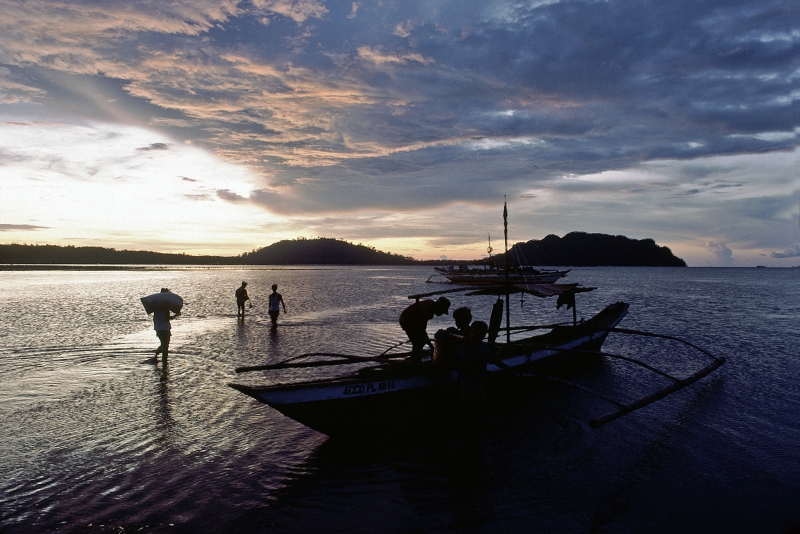“Sustainability” was introduced in environmental policy discourse 30 years ago, when the World Commission on Environment and Development published Our Common Future, charting a path for development that “meets the needs of the present without compromising the ability of future generations to meet their own needs.” But as Scott Fulton, David Clarke, and María Amparo Albán write in the June issue of ELR’s News & Analysis, sustainability “suffers from ambiguity that must be overcome if governmental and private-sector decisionmakers are to optimize the concept’s potential.”
 |
Despite “dramatic changes in the political landscape,” say the authors, “the march toward realizing the ideal of more responsible stewardship of the earth’s natural resources continues to advance.” Businesses and governments increasingly see sustainability as making economic sense, consumers now view environmental responsibility as the norm, and the United Nations’ Sustainable Development Goals (SDGs) for 2030 officially went into effect last year. Yet “a good deal more could be accomplished if sustainability were reduced to a clearer and, ultimately, universally accepted frame serving as a consistent reference for policy development and decisionmaking.”
Fulton, Clarke, and Albán propose “a functional working definition” of environmental sustainability, borrowing from NEPA as their starting point. Based on the text set forth in NEPA §102, the authors suggest this definition: “The avoidance, to the maximum practicable extent, of irreversible and irretrievable commitment of resources.”
This view recognizes that sustainability requires “balance” and “can never operate in the absolute.” The authors explain that “there will likely be circumstances in which the needs of present peoples cannot be met without the irreversible and irretrievable commitment of resources. In these circumstances, the goal, consistent with our working definition, should be conservationist consumption that preserves as much of the resource as practicable for future generations.”
This pragmatic definition of sustainability complements the environmental dimensions of the SDGs for 2030 and will help drive policy in a number of key directions.
This month’s featured article is available for free download here.
ELI is making this featured News & Analysis article available free for download. To access all that ELR has to offer, including the full content of News & Analysis and its archive, you must have a subscription. To learn more, visit www.elr.info.
